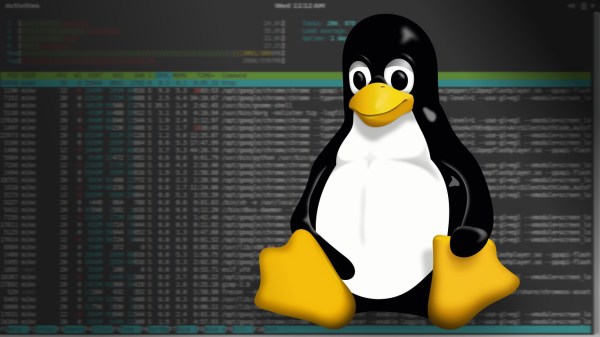Text-based Linux and Unix systems are easy to manipulate. The way the Unix I/O system works you can always fake keyboard input to another program and intercept its output. The whole system is made to work that way. Graphical X11 programs are another matter, though. Is there a way to control X11 programs like you control text programs? The answer to that question depends on exactly what you want to do, but the general answer is yes.
As usual for Linux and Unix, though, there are many ways to get to that answer. If you really want fine-grained control over programs, some programs offer control via a special mechanism known as D-Bus. This allows programs to expose data and methods that other programs can use. In a perfect world your target program will use D-Bus but that is now always the case. So today we’ll look more for control of arbitrary programs.
There are several programs that can control X windows in some way or another. There’s a tool called xdo that you don’t hear much about. More common is xdotool and I’ll show you an example of that. Also, wmctrl can perform some similar functions. There’s also autokey which is a subset of the popular Windows program AutoHotKey.












